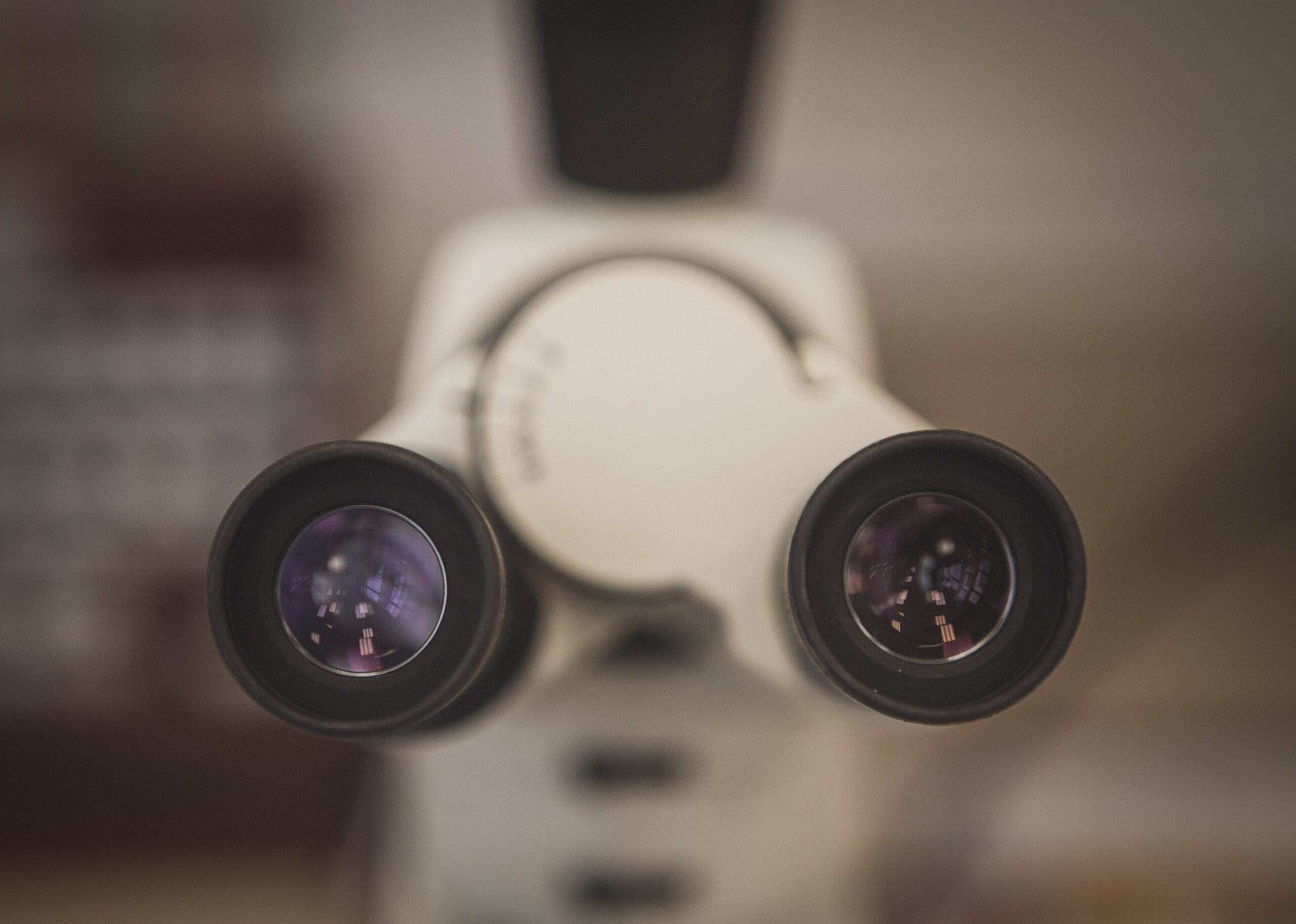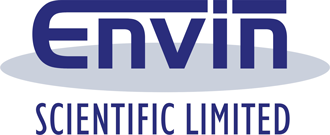
How infared helps to spot cancer signatures
Last month we reported how researchers are combining indocyanine green fluorescence with near infrared imaging to provide faster, more detailed imaging of blood flow in ischemic stroke patients.
In a separate piece of research published in Optica, the journal of the Optical Society, a team from DTU Fotonik in Denmark has also identified a method of using mid-infrared to rapidly scan medical biopsies for signatures of cancer cells.
Applying energy to mid IR photons
While this has been possible in the past, the problem has been detection – mid-infrared cameras and light sources are expensive compared to more mature and more sensitive near-infrared detectors.
By applying energy to mid-IR photons, the researchers were able to achieve frequency conversion across the entire image, shifting it into the near-IR part of the spectrum without any loss of spatial information.
Cancer treatment contributions
In terms of treating cancer patients, this means biopsies can be quickly scanned to look for differences between healthy and cancerous tissues and flag up specific samples for more detailed investigation.
Team member Peter Tidemand-Lichtenberg said: “The spectral information provided by this technique could be combined with machine learning to enable faster, and possibly more objective, medical diagnostics based on chemical signatures without the need for staining.”
Pilot test study
A pilot study to test the technology was headed up by team members at Exeter University in the UK, and looked at samples of oesophageal tissue, some of which were cancerous, while others were healthy.
The results showed a close match for spectral classification and morphology when compared with traditional stained histopathology imaging.
Efficient imaging technology
ike the ischemic stroke research we reported last month, some of the most significant aspects of this study include the level of detail and the speed of imaging that can be achieved.
Applying frequency conversion across the entire image ensures no loss of spatial information, and in fact the energy can be transferred to the photons using the same laser that provides the initial mid-IR light source.
The camera used in testing was able to capture full-motion video of the sample at 40 fps, a “major simplification” of video-rate imaging according to Professor Tidemand-Lichtenberg, and an indication of the major medical advances still being unlocked using near-infrared imaging and detection.

